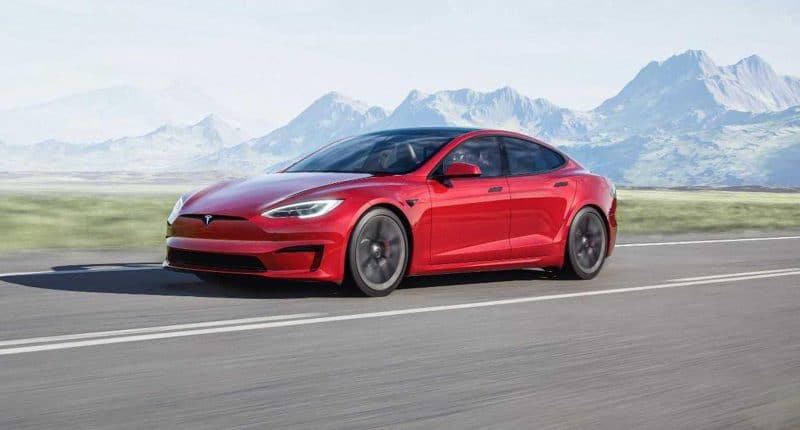Tesla, the Elon Musk headed EV maker, reported a notable 9% drop in revenue for the first quarter of 2024 compared to same period in 2023, marking its most significant decline since 2012. This decline comes amidst a backdrop of ongoing operational challenges, competitive pressures, and strategic shifts within the company.
For the first quarter of the year, the company’s revenue totaled $21.30 billion, falling short of analysts’ expectations of $22.15 billion. Additionally, the company’s adjusted earnings per share stood at 45 cents, below the anticipated 51 cents. Net income also saw a substantial decrease, plummeting by 55% to $1.13 billion compared to the same period last year. Its GAAP operating income for the same period amounted to $1.2 billion, while its operating expenses rose by 37% YoY to reach $2.5 billion. Its adjusted EBITDA, however, clocked an annual decrease of 21% to drop to $3.3 billion for Q1 2024, alongside a 5.5% operating margin.
Tesla’s revenue decline can be attributed to various factors, including ongoing price cuts aimed at stimulating demand amidst increasing competition in the electric vehicle market. Despite these efforts, the company experienced a sharper decline in sales than in previous quarters, with automotive revenue dropping by 13% year over year to $17.38 billion. Revenue from Services and other areas clocked an annual growth of 25% to reach $2.2 billion as well. At the end of the quarter, its cash, cash equivalents, and investments amounted to $26.9 billion.
Throughout the first quarter, Tesla faced several operational challenges, including disruptions in the supply chain due to geopolitical conflicts and production delays at key manufacturing facilities (such as shipping diversions caused by the Red Sea conflict and an arson attack at Gigafactory Berlin). In response to these challenges, CEO Elon Musk announced plans to accelerate the production of new vehicle models, potentially starting as early as late 2024 or early 2025. Still, Tesla’s stock experienced a significant uptick in after-hours trading, surging by as much as 12%. Investors appeared optimistic about Musk’s plans to accelerate production timelines and introduce new vehicle models. The automaker is currently trading at $144.61.
And if this is not enough, the company also unveiled plans to fast-track the launch of “more affordable models,” with the possibility of these vehicles hitting the market as early as next year. Still, knowing Musk, his ambitious timeline raises skepticism given his track record with meeting deadlines. This comes after Reuters alleged that Tesla had abandoned its efforts to develop a low-cost, next-generation car. The proposed vehicle was intended to leverage the same EV platform underpinning Tesla’s anticipated robotaxi.
“In terms of a new product roadmap, there’s been a lot of talk,” Musk said during the company’s first quarter earnings call, addressing the concerns investors have expressed over the past month about the delayed plans for a low-cost EV. “We’ve updated our future vehicle lineup to accelerate the launch of new models.” Musk said we might see the vehicles in early 2025, if not later this year.
“In terms of a new product roadmap, there’s been a lot of talk,” Musk said during the company’s first quarter earnings call. “We’ve updated our future vehicle lineup to accelerate the launch of new models.” Musk said we might see the vehicles in early 2025, if not later this year. Originally planned for a 2025 production start, these new models are expected to arrive as early as late 2024 or next year, according to CEO Elon Musk. He added the new affordable EV models will combine “aspects” of a next-generation platform with the current platform that undergirds the company’s top-selling Model 3 and Model Y. “This is not contingent on a new factory or massive new production lines, it’ll be made on our current production lines much more efficiently,” Musk said.
The Tech Portal is published by Blue Box Media Private Limited. Our investors have no influence over our reporting. Read our full Ownership and Funding Disclosure →






